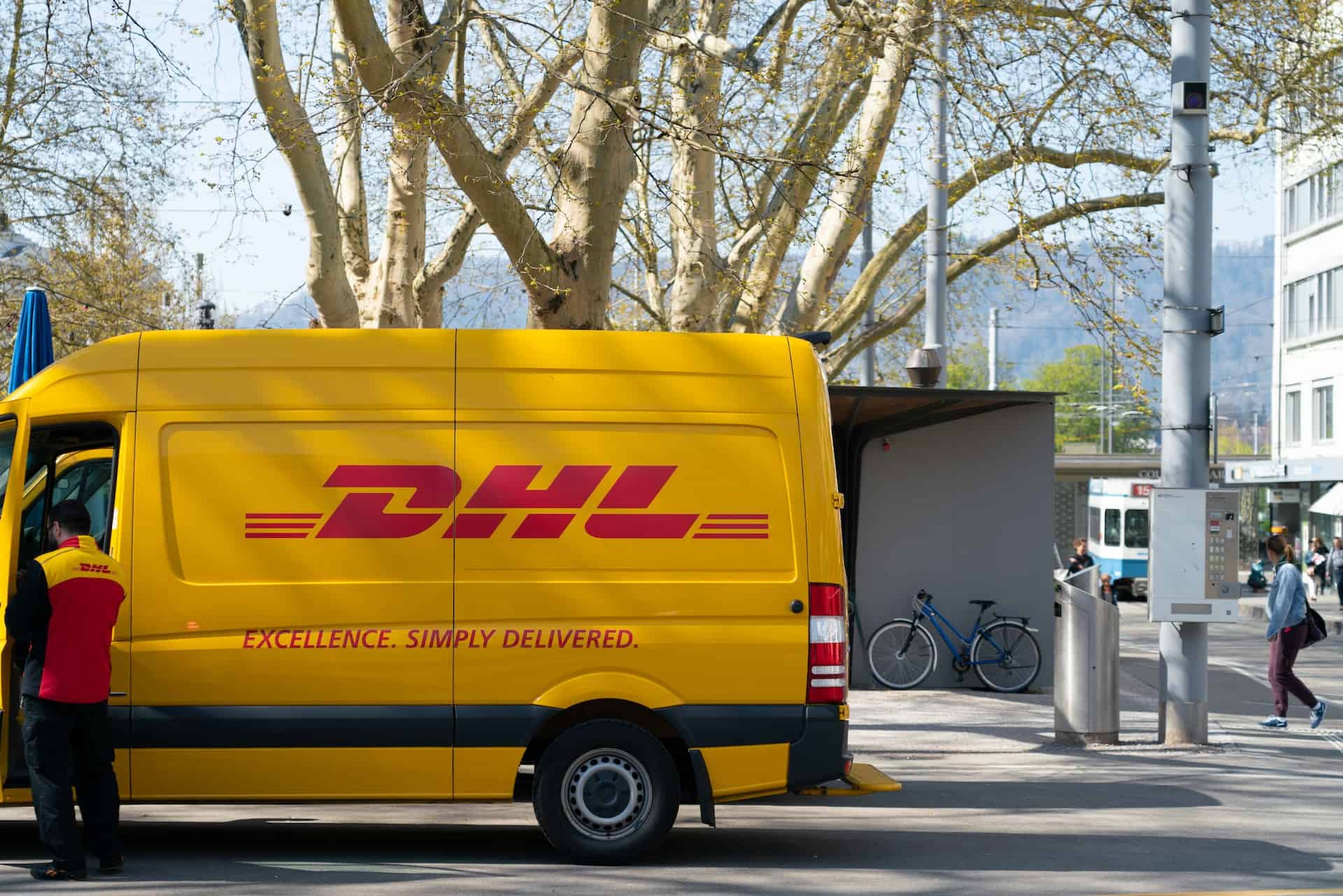



Revolutionized is reader-supported. When you buy through links on our site, we may earn an affiliate commision. Learn more here.
With certain logistics-related expenses going unavoidably up, logistics professionals understandably want to do what they can to reduce transportation costs associated with things they can control. Here are some actionable ways to do that.
The professionals involved in last-mile delivery face numerous challenges that could crop up and affect whether they get parcels to their destinations on time or late. Being behind schedule can lead to upset customers. It can also mean that the delivery drivers use more fuel than normal as they sit in traffic congestion or deal with other obstacles.
However, route-planning software can help reduce transportation costs by providing the best paths of travel as circumstances change. It could allow a driver to completely avoid an accident or ensure that their schedule has strategically located deliveries to help them make the most of their time.
One of the major benefits of route-planning tools is that the algorithms often use historical delivery data to make the decisions. Consider the solution used by uParcel, a platform used in Singapore and Malaysia for same-day deliveries. A recent update for the route-optimizer feature resulted in an up to 25% efficiency boost for drivers along their routes.
The technology used by the system could even anticipate late deliveries before they occur. That way, drivers or dispatchers may have time to take corrective action and get things back on track before it’s too late.
Improving how drivers behave on the road can reduce transportation costs in logistics more than people may realize. For starters, drivers can learn tips that can help them reduce fuel used. Plus, when professional drivers know the best ways to stay safe while behind the wheel, they’re less likely to get into accidents or face lawsuits that could hurt the bottom line and result in reputational damage.
Statistics suggest potential cost savings of 10-20% depending on the person’s likelihood of engaging in aggressive driving. Certain aggressive driving habits, such as hard braking and quick acceleration, are particularly hard on the vehicle. That could mean they need maintenance more often than expected or that certain components don’t keep working for their expected life spans. Both consequences could mean fleet managers pay more to cover preventable expenses.
When company leaders also prioritize driver coaching, they can help employees break bad habits and develop better new ones. Some businesses use fleet telematics tools to gain visibility over what’s happening. Many options can help managers pinpoint which drivers engage in potentially dangerous driving. They often also capture footage as it happens, which can make it easier to have productive coaching sessions that don’t make the employee feel unnecessarily blamed.
Those same telematics products also usually collect historical data. Then, it’s easy to confirm that drivers are gradually getting better and see where room for improvement remains.
The most common approach used for decades has been to have one driver per truck. Team driving does happen, but not as frequently. Sometimes, spouses who both have commercial driving licenses find team driving works well for them, and trucking companies may use that perk as a strategy for recruiting more team members.
However, a 2021 study showed allowing team driving could reduce transportation costs in logistics more than using single drivers alone. More specifically, the results advocated for companies using a mix of single and team drivers.
The researchers explained how using a team approach for driving was especially beneficial on longer routes. That’s because the people in the vehicle could make fewer stops while still complying with regulations related to a driver’s hours of service.
However, many decision-makers still balk at using team drivers. Some believe it’ll be too hard to find enough drivers to make it work. Others have strict policies against having more than one driver per vehicle unless there are security concerns.
The researchers who conducted this study examined the impacts of team driving by developing an algorithm that could find the best routes and number of drivers to handle them. It could determine whether it made the most sense from a financial perspective to have single or team drivers or a mixture for the planned routes.
The overall outcomes showed that using a mix of team and single drivers was the most effective cost-cutting approach. That was the case even on shorter routes because the total transit times, inclusive of breaks and mandated rest periods, were often shorter than if a company solely relied on single drivers.
Fleet managers have recently grappled with a prolonged rise in maintenance costs. The amounts they spent on vehicle upkeep during 2020 fell due to the impacts of the COVID-19 pandemic. However, they began climbing in the second quarter of 2021 and haven’t stopped.
Decision-makers must scrutinize how they handle maintenance-related needs now and assess how to improve them. For example, if they’ve historically deployed reactive maintenance strategies, switching to predictive or preventive ones could reduce transportation costs. That’s because those options make it easier to spot small issues before they become expensive ones that make trucks inoperable.
It’s also wise to adopt time or mileage-based strategies for changing certain parts that become worn with normal use. Following the vehicle manufacturer’s guidance is a good starting point. However, people should also be aware that certain environments and driving conditions can make some components need maintenance or replacement sooner than expected. Thus, inspecting each vehicle on an individual basis is an ideal approach that helps maintenance technicians catch things they might otherwise miss.
Another good practice that can reduce transportation costs is to keep digital maintenance records. That way, it becomes easier to know precisely what was done when on a particular vehicle. Paper records can become misplaced or damaged, but digital maintenance records often get stored in the cloud. Then, anyone with access privileges can see the details from any compatible device with internet access.
That’s a convenient feature that enables sharing pertinent information among multiple parties and allows swift handling of instances where people temporarily fill in for maintenance supervisors because of illness or other reasons for unavailability.
Many logistics leaders feel that the task of minimizing transportation-related expenses is too daunting because they don’t know where to begin. The suggestions here are practical options that can pay off when deployed thoughtfully. People should not expect instant results, but these are some proven ways to get a handle on transportation costs in an increasingly challenging landscape.
Revolutionized is reader-supported. When you buy through links on our site, we may earn an affiliate commision. Learn more here.


This site uses Akismet to reduce spam. Learn how your comment data is processed.